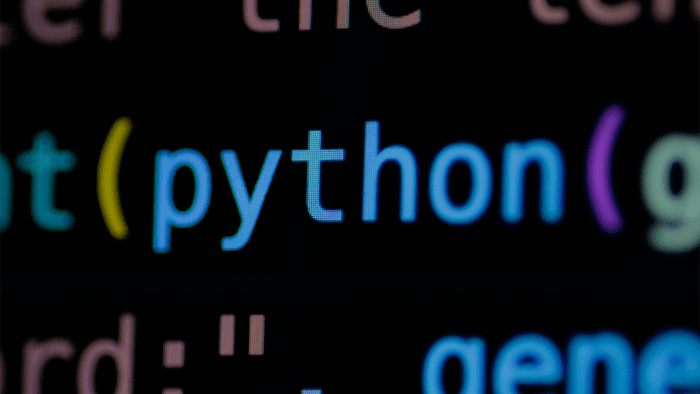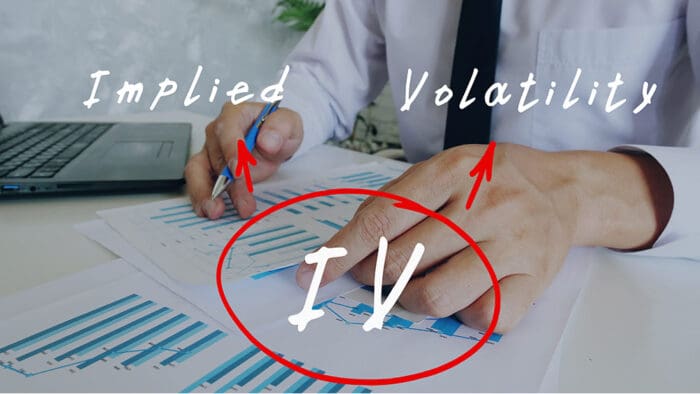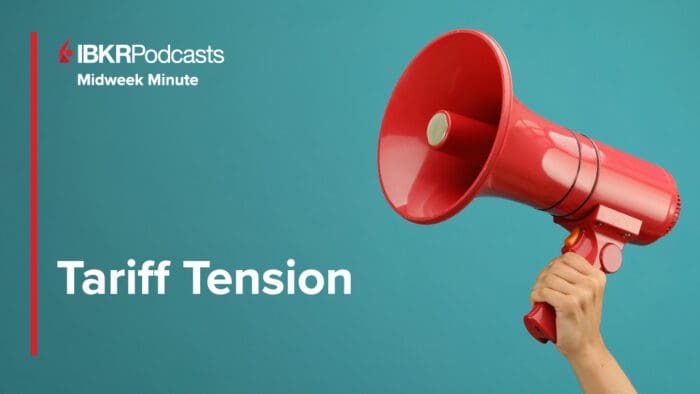Don’t freak out.
OK, it probably behooves me to write a bit more than three words after a wild week because there are several takeaways. Let’s outline a few.
- Breathe: In other words, don’t freak out. I doubt that many of you were directly affected by the plunge in the Nikkei 225 (N225) that occurred early Monday morning. That means that the rocky open for US equities and spike in volatility were being caused by an external factor that only indirectly affected you. In our piece from Monday, we outlined two of the conversations that I had with friends ahead of the market open. One was nervous, one was opportunistic, and while the opportunistic trader was able to profit from recognizing the outlandishness of the early move, the nervous investor did fine by doing nothing.
- Know your investing style and your risk tolerance: In the example above, different strategies worked for different types of investors. An aggressive trader can and should have greater tolerance for risks than a buy and hold retirement investor. A day like Monday is a day when you can calibrate your risk tolerance. If you are existentially nervous, or worse, being forced to liquidate positions, then you’re carrying more risk than your comfort level. Take that as a sign to lower your risk profile – preferably not during the madness, but after you’ve had time to assess the situation. If you saw Monday as a mere speed bump in your long-term plans, then you’re probably fine.
- US Investors: Events happen abroad that affect US markets: One of the knee-jerk reactions to Monday’s drop was that it was being caused by recession fears. Nope. Sure, we have plenty of reasons to be concerned about the economy; and while last week’s Payrolls drop and Unemployment Rate rise were indeed dismaying, they were not the reason that global markets were in a tizzy. Did you honestly think that Japanese markets sold off 12% solely because of a weaker US jobs report? No. The problems started in Japan and spilled into the US, not the other way around. We’re so used to the idea that US markets drive the bus that we sometimes forget the role that global markets play.
- Short volatility trades tend to work until they fail, often spectacularly: While I firmly believe that the key event that precipitated last week’s events was the carry trade, the blowup in the Cboe Volatility Index (VIX) was exacerbated by a seemingly safe volatility spread trade. A volatility dispersion trade had become quite popular among a wide range of investors. As we explained in a recent IBKR podcast with the Cboe’s Mandy Xu, markets had been experiencing record low levels of correlation and high levels of dispersion. Either factor, or both, suppresses index volatility. The basic premise is that if some of the stocks in an index rise while others fall in a non-correlated manner, then index volatility is negatively impacted (again, please listen to the podcast or read through the transcript). Thus, we saw traders either (1) selling index volatility outright, or (2) buying individual equity volatility against their index volatility short. Here’s the problem: correlations tend to shoot higher during market crises. Thus, as investors demanded protection against the carry-induced sell-off, VIX rose. Eventually that VIX rise took on a life of its own, forcing those who had shorted index volatility to cover at the most inopportune moment. The momentary VIX jump exceeded that of 2018’s “Volmaggedon”, though it was exceeded by 2020’s Covid crisis. Both were expensive times to be short volatility, though only the latter proved to be a lasting crisis.
- About those recession fears…: As noted above. that was a US-centric explanation for a global liquidity event (the yen carry trade). There were some regrettable calls for emergency Fed action (my highly respected former professor took a mea culpa on his) that seemed based more on market reaction to a market head fake than to genuine cracks in the economy or banking system. Those might require immediate Fed action. A bad report and a bad day in the market – when the Atlanta Fed’s GDPNow is predicting a 2.9% increase, mind you – does not. People also understandably reacted to plunging interest rates, but those too were more the result of the de-risking and flight to safety that resulted from the imploding carry trade. If we were truly driven by recessionary concerns, Treasury rates would be LOWER, not 14bp HIGHER.
- FOMO continues to reign supreme: In all my years in this business, I’ve never, NEVER, seen markets have a large reaction to the weekly jobless claims. It is impossible to imagine that a drop of 6,000 claims (including revisions) justified 2+% rallies in major stock indices. A modest relief rally during a week of light economic data is one thing, a giant risk-on move on a minor data point is another. No one wants to miss a rally, and that remains the primary motivator for a wide range of investors. Once the selling seemed to abate, the “buy-the-dip” reflex kicked in. No one wants to miss a rally, ever.
Just one week later, it appears that the worst of the crisis may be behind us. According to published reports, JPMorgan estimates that 75% of the carry trade has been unwound, and the VIX spike must have forced many underwater short volatility positions out of the market. That combination of factors, combined with the aforementioned FOMO, let major indices end the week relatively unscathed. One set of tests will be the release of economic numbers that tend to be market-moving (unlike Weekly Jobless Claim). Those include tomorrow’s PPI, Wednesday’s CPI, and Thursday’s Retail Sales. Looking ahead, we have the Jackson Hole conference next week and NVDA earnings during the following. We’re seeing VIX retreat to more typical historical levels in the high-teens; it strikes me that another “buy-the-dip” opportunity could emerge if it revisits the low-teens in the coming days.
Join The Conversation
For specific platform feedback and suggestions, please submit it directly to our team using these instructions.
If you have an account-specific question or concern, please reach out to Client Services.
We encourage you to look through our FAQs before posting. Your question may already be covered!
Leave a Reply
Disclosure: Interactive Brokers
The analysis in this material is provided for information only and is not and should not be construed as an offer to sell or the solicitation of an offer to buy any security. To the extent that this material discusses general market activity, industry or sector trends or other broad-based economic or political conditions, it should not be construed as research or investment advice. To the extent that it includes references to specific securities, commodities, currencies, or other instruments, those references do not constitute a recommendation by IBKR to buy, sell or hold such investments. This material does not and is not intended to take into account the particular financial conditions, investment objectives or requirements of individual customers. Before acting on this material, you should consider whether it is suitable for your particular circumstances and, as necessary, seek professional advice.
The views and opinions expressed herein are those of the author and do not necessarily reflect the views of Interactive Brokers, its affiliates, or its employees.




















Spot on, Steve. Thank you. Yours is one of the few reads worth the time.
We hope you continue to enjoy Traders’ Insight!
Clear and concise. Thanks Steve.
We hope you continue to enjoy Traders’ Insight!